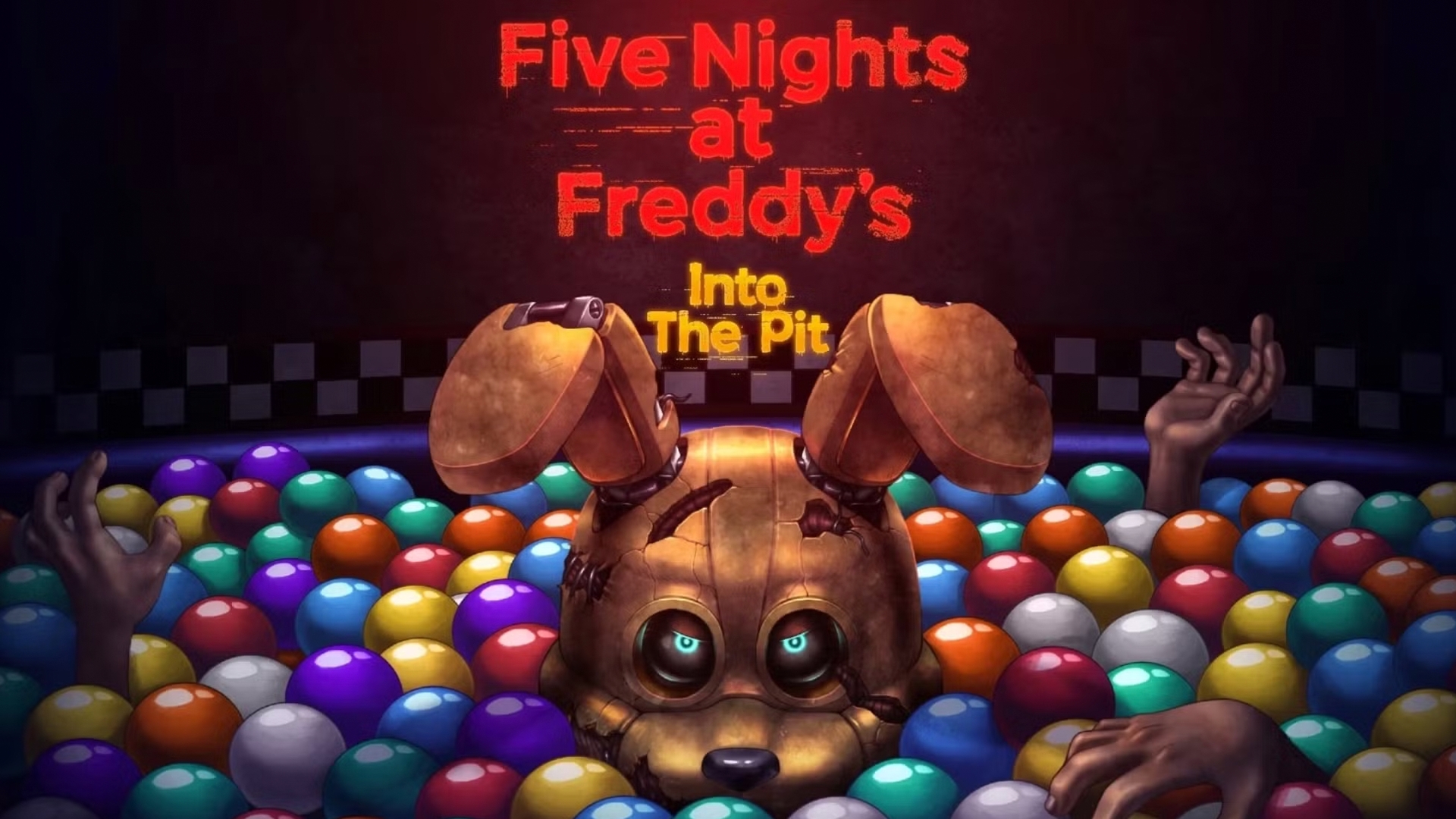
Five Nights at Freddy’s (FNaF), created by Scott Cawthon and launched in 2014, is a landmark indie horror franchise that reshaped survival-horror design and spawned an extensive multimedia phenomenon. At its core, FNaF centers on simple but potent mechanics, an atmosphere of dread, and an intricate (often intentionally oblique) mythology that invites fans to theorize, create, and expand the universe.

The original FNaF is a masterclass in constraint-driven tension. Players occupy the role of a nighttime security guard tasked with surviving until morning while animatronic characters roam a closed environment. The gameplay is defined by:
Limited resources: power supply, camera access, doors, and lights create a constant trade-off between surveillance and defense.
Restricted perspective: fixed camera feeds and narrow first-person viewpoints amplify vulnerability and force reliance on sound cues and timing.
Asymmetric threat design: each animatronic follows specific patterns and triggers, requiring players to learn behaviors and adapt strategies.
These minimalist mechanics generate high psychological horror: fear emerges less from gore and jump scares and more from anticipation, uncertainty, and the player's feeling of impotence. Subsequent entries expanded mechanics (vent systems, flashlight use, minigames, free roam), keeping the series fresh while preserving its identity.
FNaF’s storytelling is fragmented and non-linear. Cawthon used cryptic phone messages, newspaper clippings, end-game minigames, and subtle environmental details to build a dark backstory involving child disappearances, haunted animatronics, and corporate malfeasance. This scarcity of explicit explanation turned narrative gaps into a feature: fans formed robust theories, constructed timelines, and used datamining to extract clues.
The community’s investigative culture is central to the franchise’s appeal. Fan theories and collaborative decoding not only sustained interest between releases but also contributed to worldbuilding—fan-made timelines, videos, and ****yses became cultural artifacts that blurred lines between creator and audience participation.
FNaF explores multiple themes:
Childhood nostalgia corrupted: animatronics—symbols of innocent entertainment—become instruments of terror, playing on the uncanny valley and ruined innocence.
Corporate irresponsibility: repeated references to negligent ownership and cover-ups critique institutions that prioritize profit over safety.
Trauma and vengeance: ghostly motifs, revenge-driven spirits, and cyclical violence suggest narratives about unresolved trauma and consequences.
These motifs resonate differently across audiences—some interpret FNaF as straightforward jump-scare entertainment; others read it as social commentary masked in game mechanics.
From a single indie title, FNaF expanded into sequels, spin-offs, novels, merchandise.
| Categories: | Items for Sale / Games |
| Phone: | 0985512112 |
| Address: | 1122 |
| Email: | fnafgameus@gmail.com |